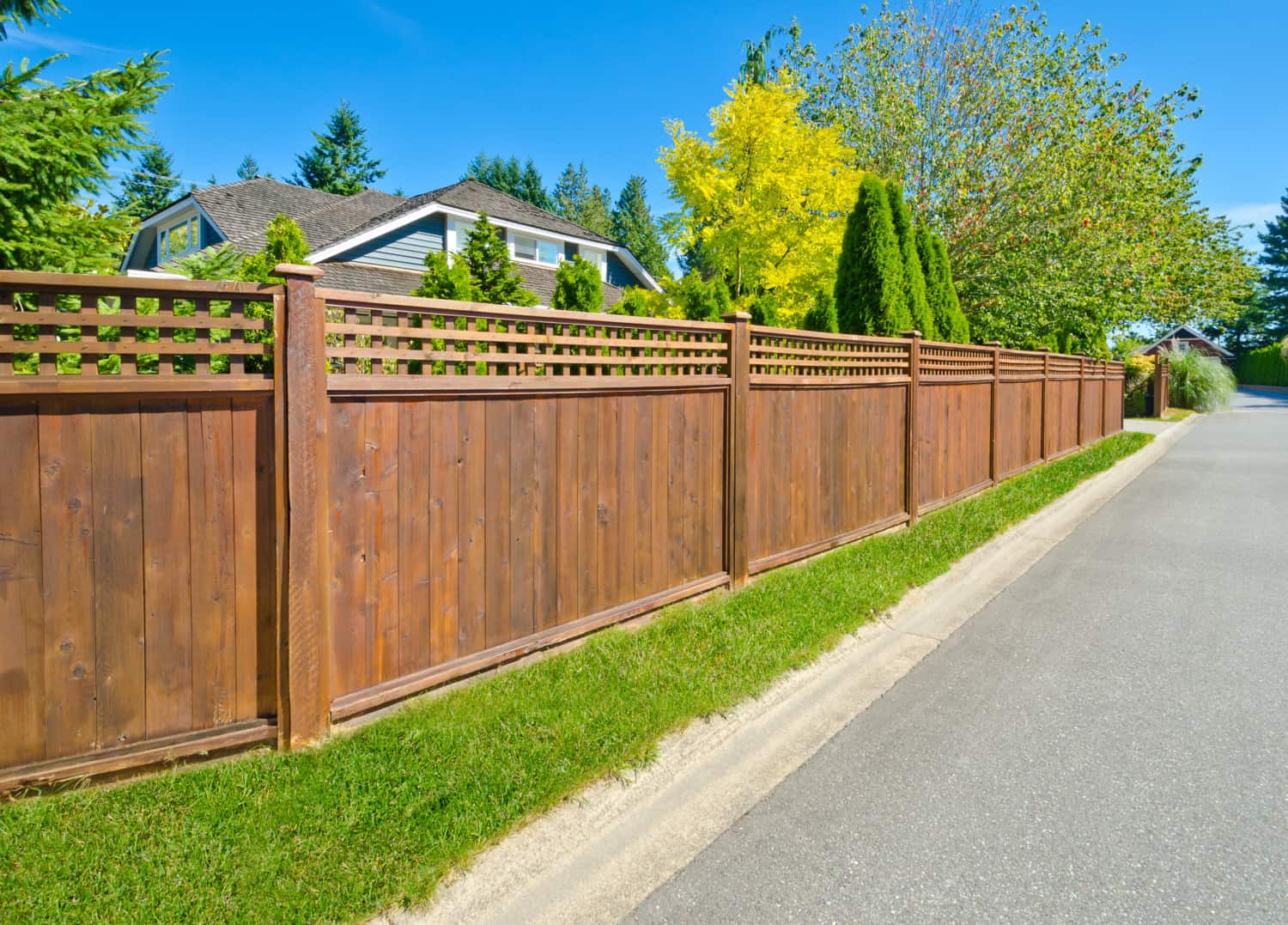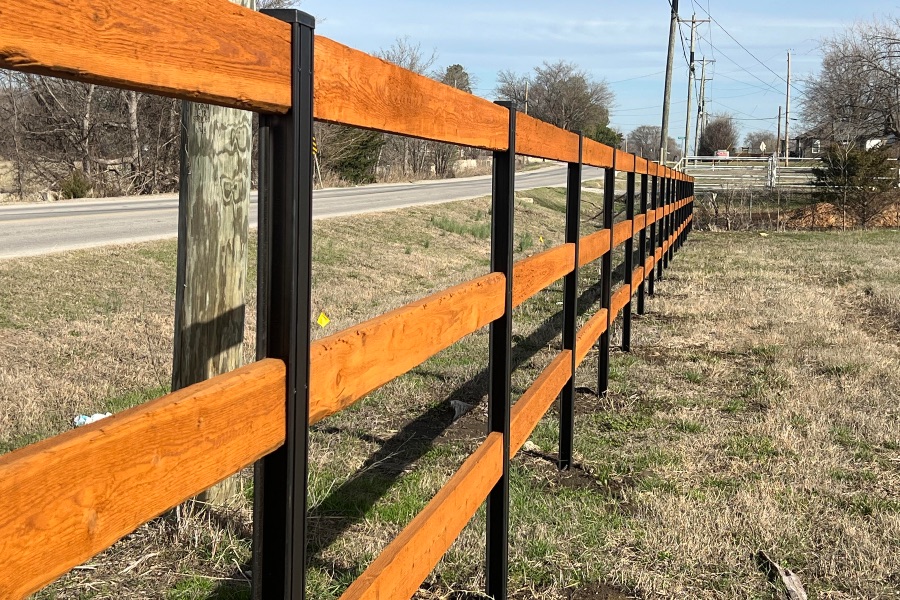All Categories
Featured

When thinking about installing a fence on your building, one of the most crucial actions is to recognize whether you require an authorization. The certain permits required can differ depending on your place, the kind of fence you plan to mount, and the height or placement of the fence.
Why You Need a Permit for a Fence Setup. A fencing permit is required to make sure that the installment meets local policies. The permit process helps neighborhood authorities validate that your fence does not conflict with traffic visibility, regard your home lines, or go against elevation constraints. It additionally ensures the safety and security of the structure, so it doesn't pose a hazard to you, your neighbors, or the public. Installing a fence without an authorization can result in fines, elimination of the fencing, or delays in building, so it's vital to check whether a license is required prior to beginning your job.
Kinds Of Authorizations You Might Need. There are a couple of common kinds of authorizations you may require for a fence installation:
Structure Authorization. A structure authorization is the most typical license required for fencing installments. This authorization makes certain that the fence meets safety and security criteria and is constructed according to local structure codes. A structure authorization is usually needed if the fence surpasses a specific height (typically 6 feet), is made from particular products, or is situated near a public walkway or roadway.
Zoning Authorization. A zoning authorization may be required to validate that your fencing complies with neighborhood zoning legislations. Zoning regulations can determine where a fence can be positioned on your residential or commercial property, just how high it can be, and whether it is admitted specific areas (such as along home lines or ahead backyards) As an example, some municipalities have policies limiting the height of fencings in the front lawn to guarantee exposure for pedestrians and vehicle drivers.

Setback License. If you are building a fence near your property line or near a road, you might need a setback authorization. A trouble refers to the range a framework, consisting of fences, should be from the residential or commercial property line. Setback laws vary by place, and ensuring that your fence is positioned appropriately can avoid problems with next-door neighbors and avoid infractions.
Home Owner Association (HOA) Approval. You might require authorization from them in addition to local licenses if you live in a neighborhood regulated by a House owner's Association (HOA) HOA guidelines usually cover the kind of materials, height, style, and color of fences. Also if your neighborhood government doesn't need a permit, your HOA might still have certain standards that require to be followed.
Just How to Obtain a Fence Authorization. To look for a fencing license, you'll need to call your local building department or planning workplace. The application procedure commonly entails submitting a type, paying a charge, and submitting a site plan of your residential property that shows the recommended area of the fence. You may also require to consist of information regarding the products, elevation, and style of the fencing.
In many cases, a regional official may need to examine your property prior to approving the authorization. As soon as the authorization is approved, you will be licensed to continue with your fence installation.
When Is a License Not Needed? In certain circumstances, a permit might not be called for. These circumstances can consist of:
Reduced Elevation Fences: In lots of areas, fencings that are listed below a particular elevation (often 3 to 4 feet) might not need a permit, particularly if they are put in the yard or other non-visible locations.
Fence Substitute: If you're changing an existing fencing with the same elevation and product, some locations may not call for a new permit.
Non-Obtrusive Fences: Decorative or temporary fences, such as those used for gardening or landscaping objectives, may not require authorizations as long as they are not permanent and low.
Nonetheless, it is necessary to inspect with your local zoning workplace or building department, as laws can differ by territory.
Consequences of Not Getting an Authorization. Stopping working to obtain the necessary licenses can cause substantial consequences. These consist of penalties, compelled elimination of the fence, and even delays in building and construction. Additionally, if your fencing doesn't fulfill local guidelines, you can deal with legal concerns with next-door neighbors or regional authorities.

Final thought. When mounting a fencing, it's essential to research the authorization demands in your area. By ensuring that you comply with neighborhood regulations and get the needed authorizations, you can guarantee and avoid costly errors that your fencing is legitimately certified. Talk to your local structure division, HOA, and zoning workplace to determine what licenses are required for your particular fencing job. This step is vital to safeguard both your investment and your property's worth.
Latest Posts
Why Complete Circle Advertising And Marketing is Your Media Planning Companion
Published May 12, 25
1 min read
Driving Outcomes with Data-Backed Advertising Techniques
Published May 12, 25
1 min read
Just How Data-Driven Insights Gas Advertising Success
Published May 12, 25
1 min read
More
Latest Posts
Why Complete Circle Advertising And Marketing is Your Media Planning Companion
Published May 12, 25
1 min read
Driving Outcomes with Data-Backed Advertising Techniques
Published May 12, 25
1 min read
Just How Data-Driven Insights Gas Advertising Success
Published May 12, 25
1 min read